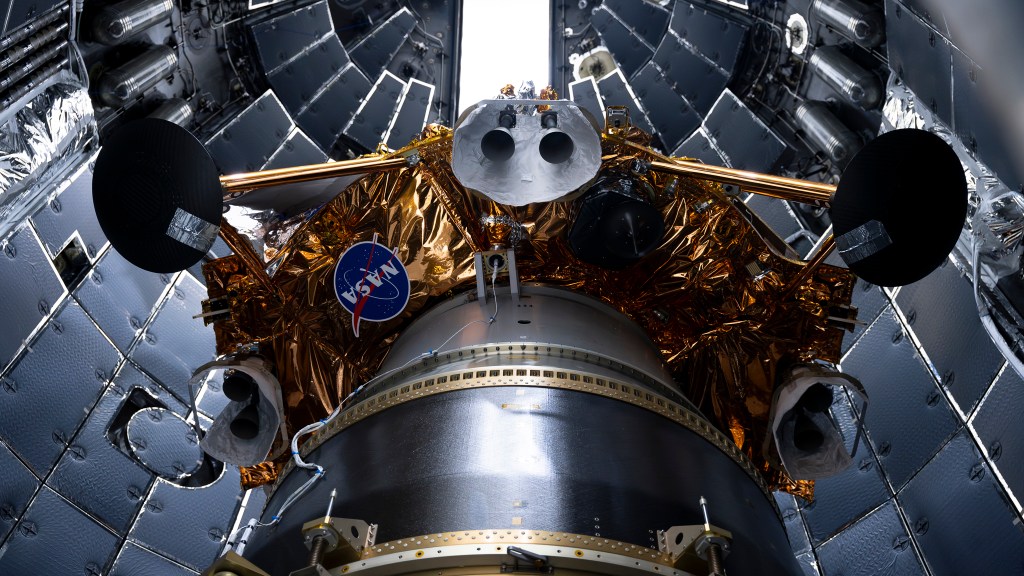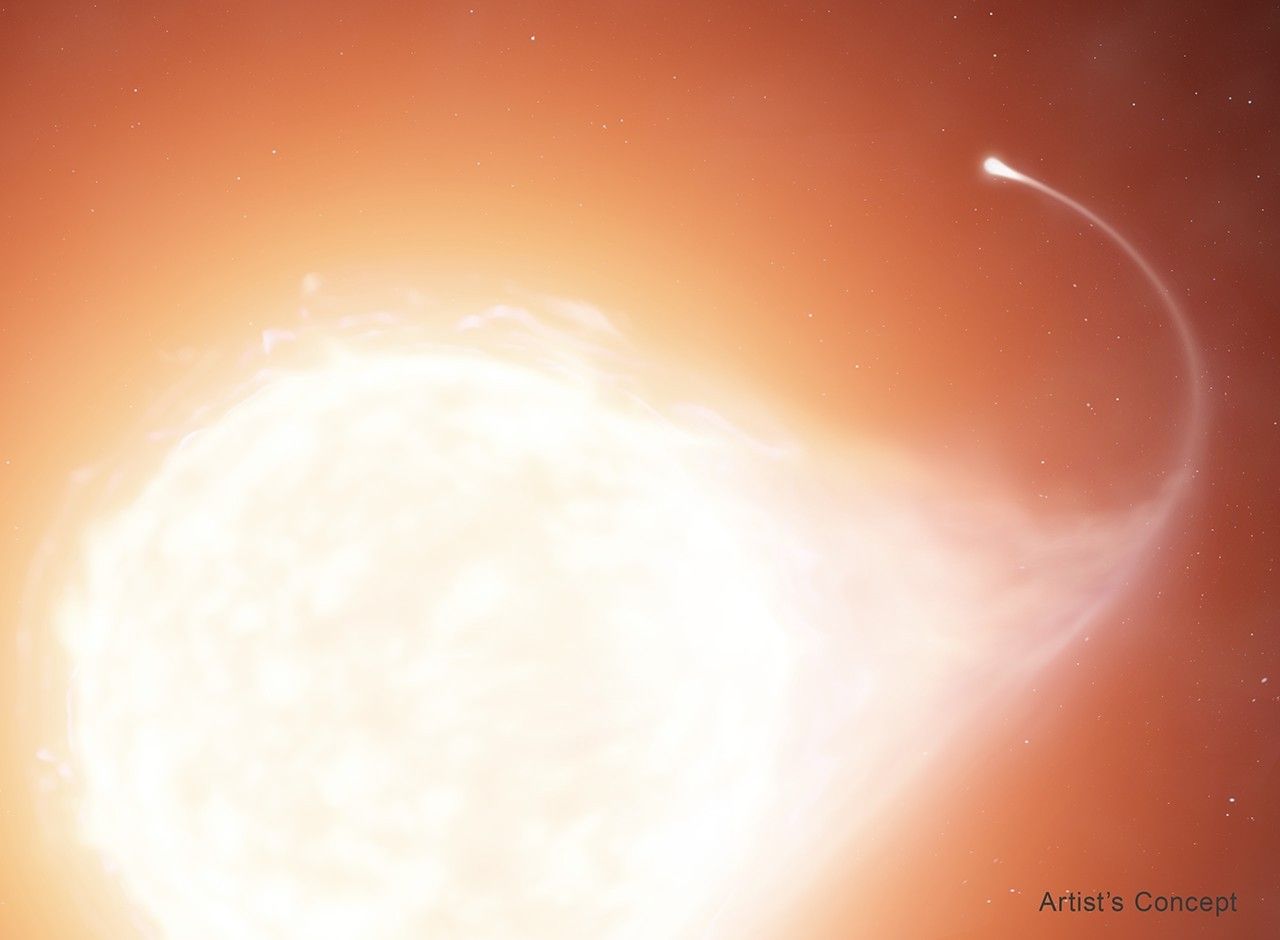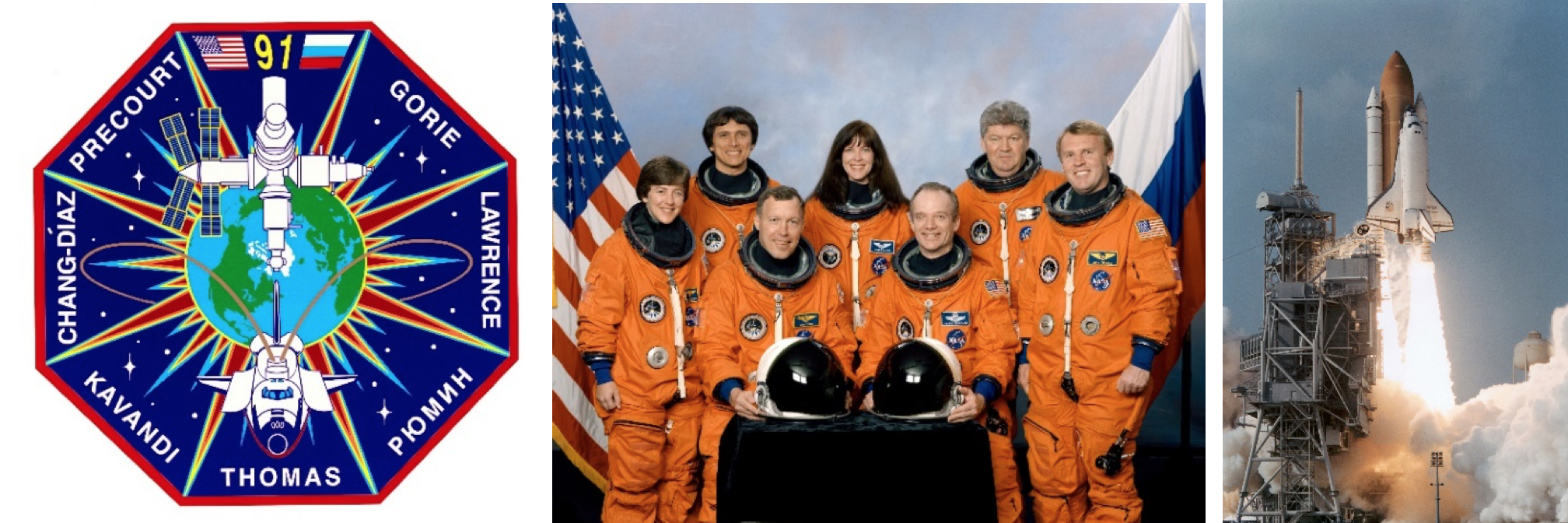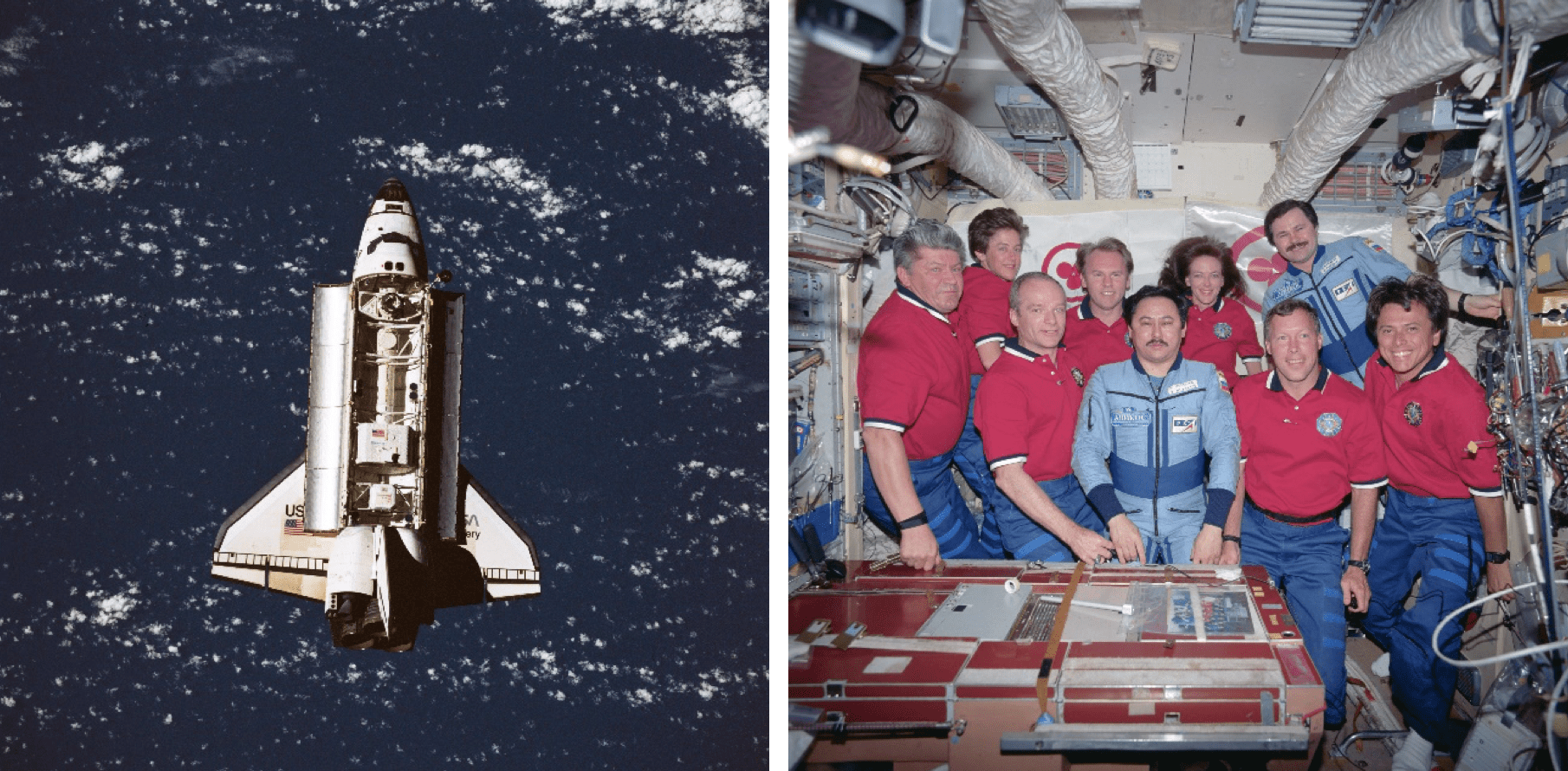Space Shuttle Discovery thundered off Launch Pad 39 at the Kennedy Space Center in Florida on June 2, 1998, headed for the Russian space station Mir. Discovery previously visited Mir in 1995 during the STS-63 mission for the first Shuttle rendezvous with the station but had come no closer than 30 feet. This time, on mission STS-91, Discovery made its first docking with Mir to close-out the Shuttle-Mir Program.
The Shuttle-Mir Program began as government-level agreements between the United States and Russia in 1992 that initially called for the flight of a Russian cosmonaut aboard an American Space Shuttle, a long-duration flight of an American astronaut aboard the Russian space station Mir, and the docking of a Shuttle with Mir. Managers later expanded this program to add a precursor Shuttle rendezvous with Mir and six additional long-duration astronaut missions aboard the Russian station and eight more Shuttle dockings. These joint missions, also known as Phase 1 of the International Space Station (ISS), provided the United States and Russia with experience in working together in space prior to the start of ISS assembly and operations, and enabled the first long-duration American human space flights and research since the Skylab program of the 1970s. STS-91 was the last of those docking missions and it returned the seventh and last American long-duration crewmember and from Mir, as well as the results of the experiments he conducted while onboard the Russian station.
The six-member STS-91 crew aboard Discovery consisted of Commander Charles Precourt, Pilot Dominic Gorie, and Mission Specialists Franklin Chang-Diaz, Wendy Lawrence, Janet Kavandi, and Valery Ryumin of the Russian Space Agency. In its cargo bay, Discovery carried a Spacehab single module and the Alpha Magnetic Spectrometer-01 (AMS-01) experiment. The Spacehab module housed much of the 4,700 pounds of cargo, experiments and supplies that the crew exchanged between the Shuttle and Mir. They also transferred 1,100 pounds of water to Mir, produced as a byproduct of the Shuttle’s power-generating fuel cells. The AMS-01, a Shuttle-based precursor of the AMS-02 experiment that has been operating on ISS since 2011, was a state-of-the-art particle physics instrument to collect data on cosmic rays and search for antimatter and dark matter, known to make up a significant portion of the mass of the Universe.
Two days after launch, Commander Precourt guided Discovery to a smooth docking with Mir. A few hours later, hatches opened and the Mir-25 crew of Russian cosmonauts Talgat Musabayev and Nikolai Budarin and American astronaut Andrew Thomas greeted the new arrivals. Thomas, after 130 days living and working aboard Mir, became a member of the Shuttle crew for his return to Earth. His transfer wrapped up 907 days of American astronaut stays aboard the Russian space station. The nine STS-91 and Mir-25 crewmembers spent the next four days finishing up experiments on Mir and exchanging cargo, water and experiment samples between the two vehicles.
On June 8, the crew closed the hatches between the two vehicles, and Discovery undocked from Mir. The Shuttle crew completed a fly-around of Mir and fired the Orbiter’s thrusters to finally depart from the station. Thomas commented on the departure:
“Perhaps one of the most moving moments, though, was as we drew further and further away, we went into the night side of the planet, and I could see stars, and the running lights of the station were on. You couldn’t see the station. All you could see was lights flashing, and they were just going off into the distance, these flashing points of light fading out slowly. That was kind of an emotional moment, because I knew that would be the last time I would see it.”
Shortly before firing Discovery’s engines for the de-orbit burn, the crew turned off the AMS-01 experiment. In the course of 10 days, AMS-01 operated for 103 hours and collected data on nearly 100 million cosmic rays, proving the technology and paving the way for the ISS experiment. On June 12, the crew guided Discovery to a safe landing at Kennedy Space Center, ending the STS-91 mission, closing out the successful Shuttle-Mir Program, and opening the way for ISS.
Read about the STS-91 mission from four of the crewmembers (Precourt, Lawrence, Thomas and Ryumin) in their oral histories with the JSC History Office. Read more about the Shuttle-Mir Program at the JSC History Office website.





























